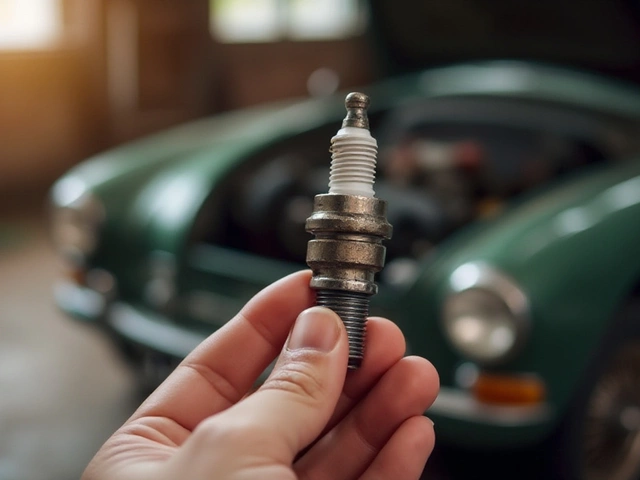Spark Plug Maintenance: Simple Steps for a Healthy Engine
Ever wonder why your car sometimes stalls or feels sluggish? The answer often lies in the spark plugs. These tiny parts light the fuel mixture, and when they’re dirty or worn, the engine can miss a beat. Keeping them in good shape is one of the cheapest ways to protect performance and save fuel.
When to Replace Spark Plugs
Most manufacturers suggest changing spark plugs every 30,000 to 60,000 miles, but real‑world driving can shorten that range. Look out for rough idling, trouble starting, or a drop in fuel efficiency – those are classic signs the plugs are losing their spark. If you notice a ticking sound from the engine or the check‑engine light comes on, it’s time to pop the hood and have a look.
How to Check and Care for Spark Plugs
Pulling a plug out is easier than you think. Just disconnect the battery, remove the engine cover, and use a spark plug socket to unscrew each plug. Inspect the tip: a bright, copper‑colored electrode means it’s still good, while heavy carbon buildup, cracks, or eroded electrodes signal wear. A quick clean with a wire brush can help a marginal plug, but don’t over‑clean – you could damage the tip.
When you replace a plug, check the gap with a feeler gauge. The correct gap is listed in your owner’s manual; setting it too narrow or too wide can cause misfires. Re‑install the plugs by hand first, then tighten with the socket – a firm finish is enough, you don’t need to over‑tighten.
DIY work saves money, but if you’re not comfortable reaching the plugs or setting the gap, a quick visit to Northwich Tyres Centre will sort it out. They have the right tools and can spot other ignition issues while they’re at it.
Why bother with regular maintenance? Fresh spark plugs give a smoother start, better acceleration, and improved fuel economy – often shaving a few miles per gallon off the bill. They also reduce strain on the ignition coil and engine sensors, extending the life of other components.
In a pinch, you can test a plug with a simple spark tester. Plug the tester in, crank the engine, and look for a bright, consistent spark. No spark or a weak spark means the plug, coil, or wiring needs attention. This quick check can save a costly diagnostic trip.
Remember, keeping a maintenance log helps you stay on schedule. Note the mileage when you change plugs and any symptoms you observed. Over time you’ll see patterns – for example, if you drive short trips often, you might need to replace plugs a bit sooner because they don’t get hot enough to burn off deposits.
Bottom line: spark plug care is a small task with big rewards. Check them at least once a year, replace them when mileage or symptoms dictate, and you’ll enjoy a more responsive, economical ride. Need the right plugs or a professional hand? Northwich Tyres Centre has a full range of fits and expert service to keep you moving.
 30 June 2025
30 June 2025
How to Tell If a Spark Plug Is Good: Symptoms, Testing, and Expert Tips
Learn exactly how to check if your spark plug is good, spot bad spark plug symptoms, and use real tips for testing and maintenance.
 5 May 2025
5 May 2025
Spark Plug Life Expectancy: How Long Do They Really Last?
Curious how long your spark plugs will last? This article breaks down what actually affects a spark plug’s lifespan, how to spot wear before it turns into trouble, and when you should make the swap. Get practical tips and real-life examples from drivers who pushed their limits. Find out what happens if you wait too long, and how to get every mile out of your current set. No jargon—just honest, easy-to-grasp advice.






0